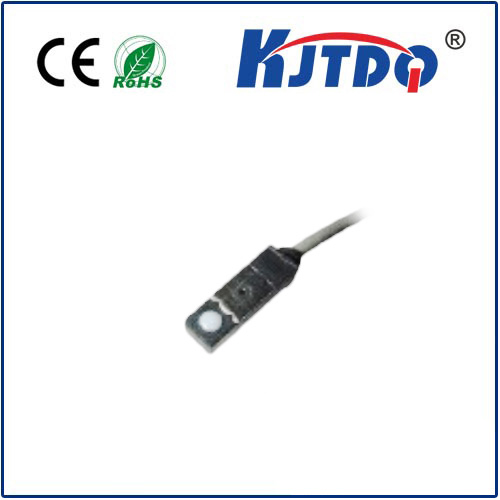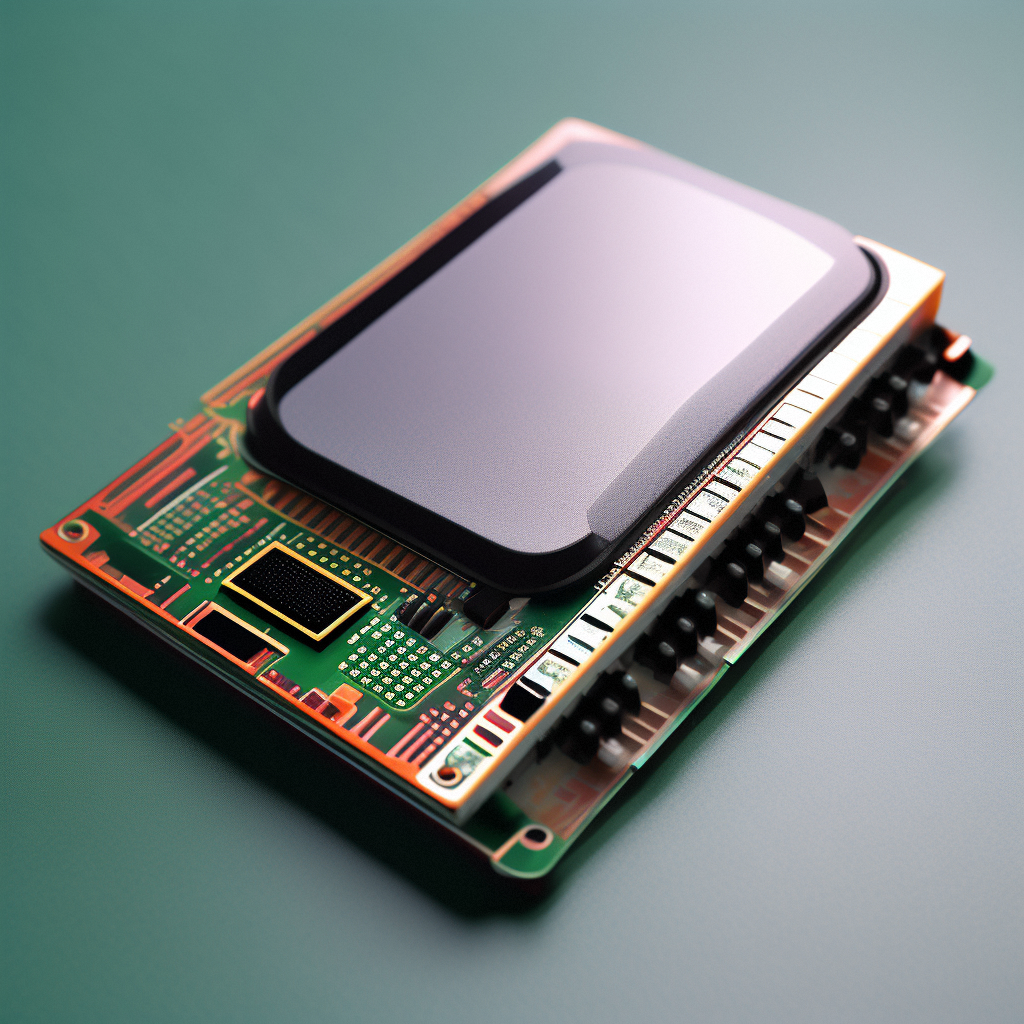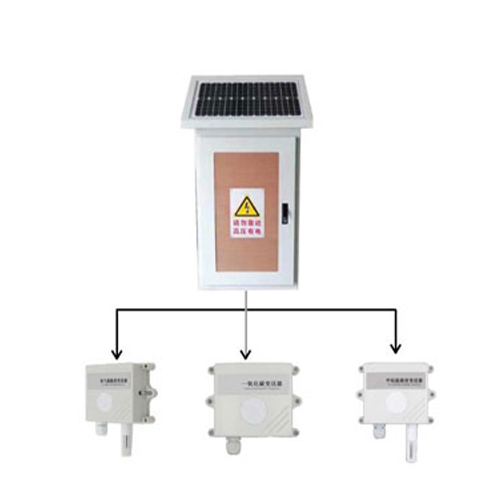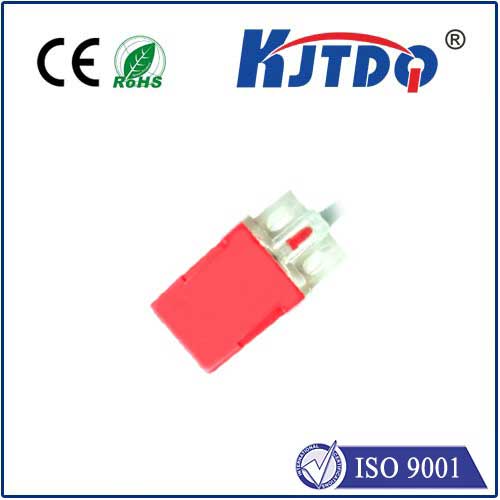

check

check

check

check

check

check

check

check

check

check
Remember the smartphone “notch”? That small, often criticized cutout primarily housed crucial sensors, including the proximity sensor. While essential for tasks like turning off the screen during calls, traditional infrared (IR) proximity sensors presented significant design and manufacturing challenges. Enter Elliptic Labs’ revolutionary approach: the AI Virtual Proximity Sensor™. This groundbreaking technology isn’t just an incremental improvement; it’s fundamentally changing how devices perceive user presence, unlocking new levels of design freedom and functionality.
For decades, hardware-based proximity sensors were a necessary fixture. These physical components, typically IR LEDs paired with receivers, detect when an object (like your ear) is close to the screen. While functional, they demand valuable internal space, add bill-of-materials costs, complicate manufacturing assembly, and can be susceptible to environmental factors like dirt or moisture. More critically, they impose rigid constraints on device aesthetics and form factor, dictating visible cutouts or limiting the usable screen area – the very problem the notch aimed to solve, albeit imperfectly.
Elliptic Labs flips this paradigm. Instead of relying on dedicated hardware, their AI Virtual Proximity Sensor leverages sophisticated software algorithms and the acoustic capabilities of a device’s existing speaker and microphone. By analyzing subtle ultrasonic sound waves reflected off nearby objects, their patented AI software accurately determines proximity. This ingenious solution, part of their broader INNER BEAUTY® product family, eliminates the need for the physical IR sensor entirely. It’s a software sensor replacing hardware, opening a world of possibilities.

The benefits resonate across the entire device lifecycle, from design desks to end-users:
The power of Elliptic Labs’ solution lies in its sophisticated AI. Training on vast datasets, the algorithms learn to distinguish between genuine proximity events (an ear during a call) and accidental triggers (a finger near the edge, ambient noise). Advanced signal processing filters out interference, ensuring robust accuracy comparable to, or often exceeding, traditional hardware sensors. This AI intelligence transforms ubiquitous audio components into powerful sensing tools.
While the immediate application shines in smartphones – enabling those coveted clean displays and improved user experience during calls – the implications are far broader. AI Virtual Proximity Sensing is finding its way into laptops, tablets, IoT devices, and even automotive interiors. Imagine a laptop that intelligently sleeps when you walk away, a tablet that optimizes display behavior based on how you hold it, or a smart home device that activates only when someone approaches. Elliptic Labs’ platform-agnostic technology (it runs on standard processors like Qualcomm Snapdragon, MediaTek, and Unisoc) makes this expansion seamless.
For original equipment manufacturers (OEMs), adopting Elliptic Labs’ solution is a strategic decision. It directly addresses key pain points: cost pressure, design constraints, and the demand for sleeker, more immersive devices. By choosing virtual sensing, OEMs gain a competitive edge through differentiation. They can deliver devices that are not only visually stunning with expansive displays but also potentially more robust and cost-effective to produce.
The shift from hardware-dependent to software-defined sensing represents a significant leap. Elliptic Labs’ AI Virtual Proximity Sensor is more than just a clever replacement; it’s a catalyst for innovation. It fundamentally decouples essential sensing functionality from physical constraints, empowering manufacturers to reimagine device form factors and user interactions. As the demand for seamless, bezel-less experiences and smarter device behavior continues to grow, this AI-powered, hardware-free approach isn’t just an alternative; it’s rapidly becoming the new standard for proximity sensing in the modern device ecosystem.









